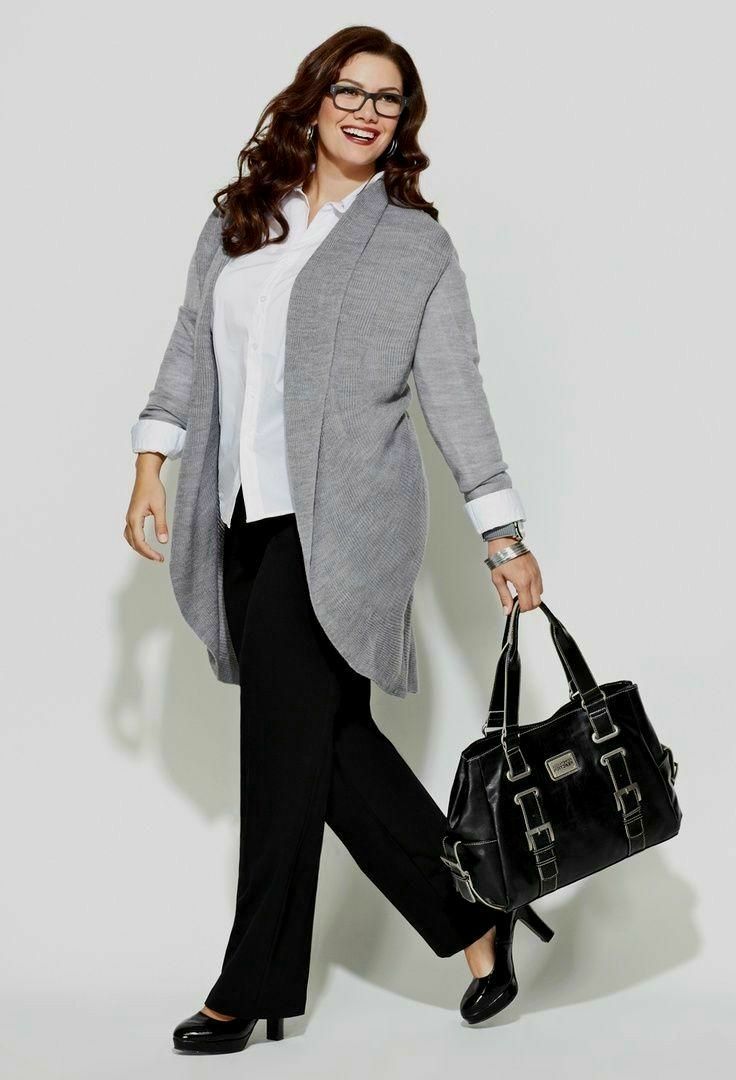Stepping into the world of custom furniture design felt like plunging into a vast ocean of possibilities. From the very beginning, I was mesmerized by the endless choices of materials, colors, and styles. However, amid this creative whirlwind, I quickly learned that the most stunning designs do more than please the eye; they fulfill a purpose. The more I experimented with various ideas, the more I understood that the true art of design lies in harmonizing aesthetics with functionality, creating pieces that resonate on multiple levels. We’re committed to offering a holistic learning journey. This is why we recommend this external site containing supplementary and pertinent details on the topic. 工人房 https://hohomehk.com/product-category/living-room/%E9%96%93%e6%88%bf/%e5%b7%a5%e4%ba%ba%e6%88%bf/, dive further into the subject and discover more!
One of my first projects involved crafting a dining table that drew inspiration from vintage styles. As I envisioned this piece, I saw it not merely as a centerpiece for gatherings but as a hub of warmth and connection—a place where laughter mingled with the clinking of glasses. I chose a smooth, reclaimed wood surface not only to enhance its charm but also to ensure its durability. This project was my first significant lesson: furniture truly comes to life when it fits seamlessly into the home, serving its dual roles of form and function.
The Dance of Form and Function
As my journey unfolded, I began to appreciate the intricate dance between form and function. Beautiful furniture must do more than just look great; it must fit into the tapestry of everyday life. This understanding is particularly vital in smaller spaces, where every square inch counts. For instance, I designed an elegant coffee table that doubles as a chic ottoman when not in use, providing both practical utility and eye-catching design.
Through experiences like this, I realized that successful furniture design hinges on comprehending the user’s needs. Every curve and dimension should invite interaction, ensuring comfort and convenience. Designing is much like having a great conversation—it should be engaging, smooth, and adaptable. I found that it’s not just about the visual appeal; assessing the practical functionality of a piece is equally important.
Materials Matter
The selection of materials is another crucial aspect that demands careful consideration. In my journey crafting custom furniture, I’ve relished the opportunity to experiment with various textures and finishes. The tactile quality of a piece can significantly enhance its aesthetic appeal and influence its practicality. For example, natural fibers like wicker or linen bring warmth and comfort, while sleek metals or glass introduce a modern twist.
Throughout each project, I increasingly recognized that the materials chosen significantly define the piece’s identity. The durability of the selected materials must align with the intended use. While a luxurious leather sofa can be sumptuous, it must withstand the daily traffic of an active family. The real magic lies in striking a balance between beauty and strength.
Embrace Personalization
No two homes are alike, and every piece of furniture should reflect the unique character of its surroundings. I’ve made it a point to involve my clients in the design process, encouraging them to explore what styles truly resonate with them. This collaborative journey fosters a deeper understanding of their needs, preferences, and lifestyles.
For instance, I once worked with a couple who adored the rustic charm of farmhouses yet desired a sleek, modern aesthetic. Together, we crafted bespoke shelving that elegantly combined open wooden slats with steel framing. The result was a stunning focal point, beautifully encapsulating their essence and enriching their space. This experience taught me an essential lesson: furniture design isn’t merely about crafting objects; it’s about creating vessels for memories and stories.
Sustainability in Design
As my passion for furniture design deepened, I became acutely aware of the need to prioritize sustainability. Our planet is a shared canvas, making it vital to consider the ecological footprint of furniture production. Utilizing reclaimed wood and sustainably sourced materials not only serves aesthetic purposes but also fosters environmental responsibility.
Embracing this philosophy, I began to incorporate sustainable practices into my designs through an eco-friendly line that minimizes waste and emphasizes longevity. This initiative stood out for its aesthetic appeal and resonated with clients committed to preserving our planet. It’s incredibly rewarding to create pieces that are both beautiful and beneficial—a true win-win in the realm of custom design.
Reflecting on my journey through the intricate realms of aesthetics and functionality, I recognize that merging these elements weaves a rich tapestry of design. Each custom furniture piece has the power to enhance beautiful spaces while also serving as thoughtful solutions for everyday living. Supplement your study with this suggested external site, packed with supplementary and pertinent details on the topic. Just click the following page, uncover fresh information and intriguing perspectives.
Deepen your research with the related links below:


